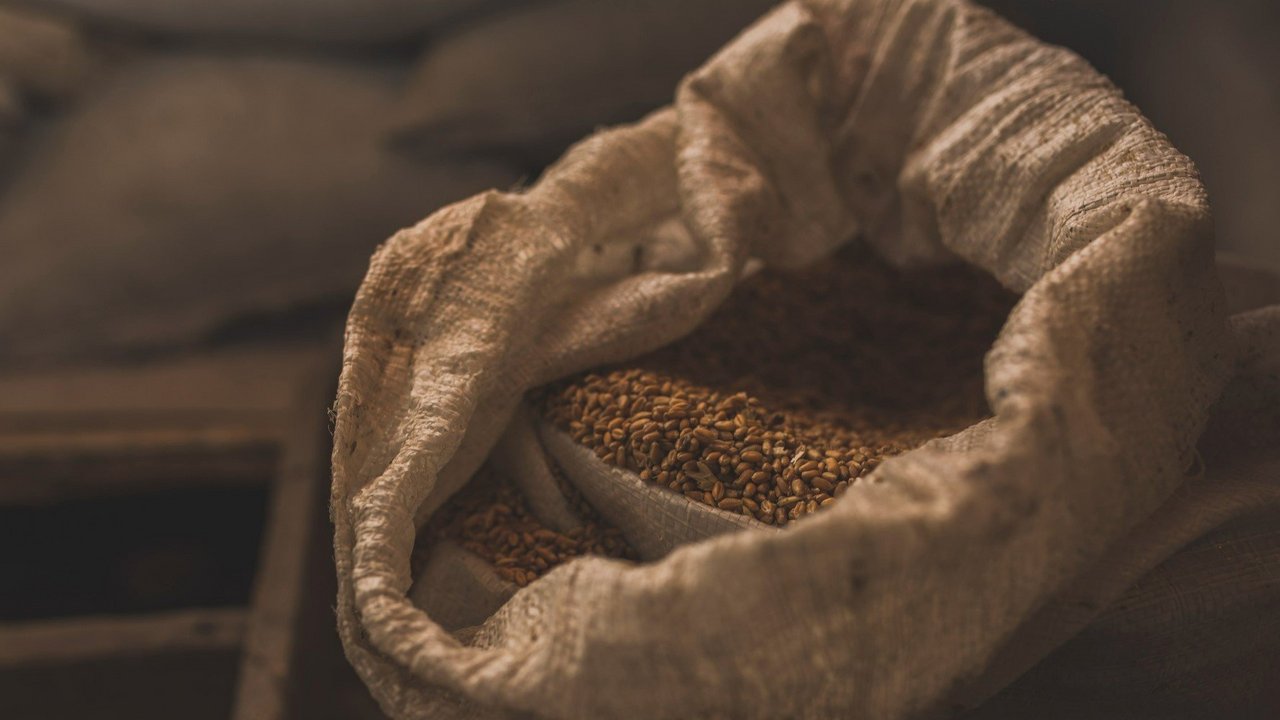According to the company " Rusagrotrans"", from the beginning of the season to the end of February, Russia exported 36.8 million tons of wheat - this is a new record for this period. “At the same time, growth was achieved not due to supplies to traditional buyer countries, but due to their diversification and growth of shipments to countries such as Bangladesh, Pakistan, Algeria, Indonesia and Kenya,” noted the marketing director of Rusagrotrans» Igor Pavensky (quote from the Telegram channel of the Union of Grain Exporters). According to the company's forecast, in the 2023/24 season Russia will supply 66.7 million tons of grain to foreign markets. Taking into account grain legumes and flour (3.46 million tons and 1.6 million tons, respectively), the total figure will be 71.8 million tons.
According to Pavensky, barley is also being actively exported this season. Thus, its shipments to China increased from 73 thousand tons to 300 thousand tons, but in this market Russia has to compete with Kazakhstan: its shipments increased from 134 thousand tons to 425 thousand tons. “We also overlap with Kazakhstan in the market Afghanistan, according to flour. Kazakhstan reduced the supply of flour, and Russia added about 100 thousand tons. In the flour market, Russia is systematically squeezing out competitors, including in the countries of Central Asia, thanks to the availability of inexpensive high-quality wheat and export duty benefits,” Pavensky emphasized and added that in This season, Kazakhstan has reduced purchases of Russian grain from 2 million tons to 1.2 million tons. Based on the results of the agricultural year, the country will purchase 2 million tons of grain (3.2 million tons).
Director of the Analytical Department of the Russian Grain Union( RZS) Elena Tyurina says that from the beginning of the season to March 1, wheat exports amounted to 37.5 million tons, which is 8.5% more than in the last agricultural year. Shipments in February were at 4.4 million tons, which corresponds to the figure for the 2020/21 season. At the end of the season, exports of the main types of grain will amount to 67 million tons; as of March 1, shipments reached 45.7 million tons (68.2%). She estimates the export potential for wheat at 55 million tons; by the end of the season, Russia can supply another 17.4 million tons to the world market, that is, 4.4 million tons per month, which corresponds to the figure for February, but usually in the spring, shipments increase.
According to Tyurina, a decline in wheat prices has been observed since the beginning of the season. Thus, European lard lost 12%, American (CRW) - 13%, Russian (FOB Novorossiysk) lard was 5.4% cheaper, and producer prices in dollars fell by 12%. “The only indicator by which we have seen an increase since the beginning of the season is the duty: it increased by 37% ($10),” commented Agroinvestor» Tyurin. At the same time, she notes a fairly serious level of competition on the world market, while Russian wheat is no longer sold at a discount compared to European wheat.
According to estimates by the Institute for Agricultural Market Studies ( IKAR), since the beginning of the season, wheat exports (without flour) amounted to 35.2 million tons, the forecast for the season is 52 million tons. General Director of ICARDmitry Rylko says that in recent months, shipments have depended on the weather at the ports, while in February they were quite active. However, the export situation is not currently developing in the best way - prices are falling, notes the general director of the analytical company ProZerno» Vladimir Petrichenko. At the same time, he continues, shipments will continue to be active, and at the end of the season, wheat exports will amount to about 52 million tons, total grain - about 70 million tons (together with the EAEU countries).
